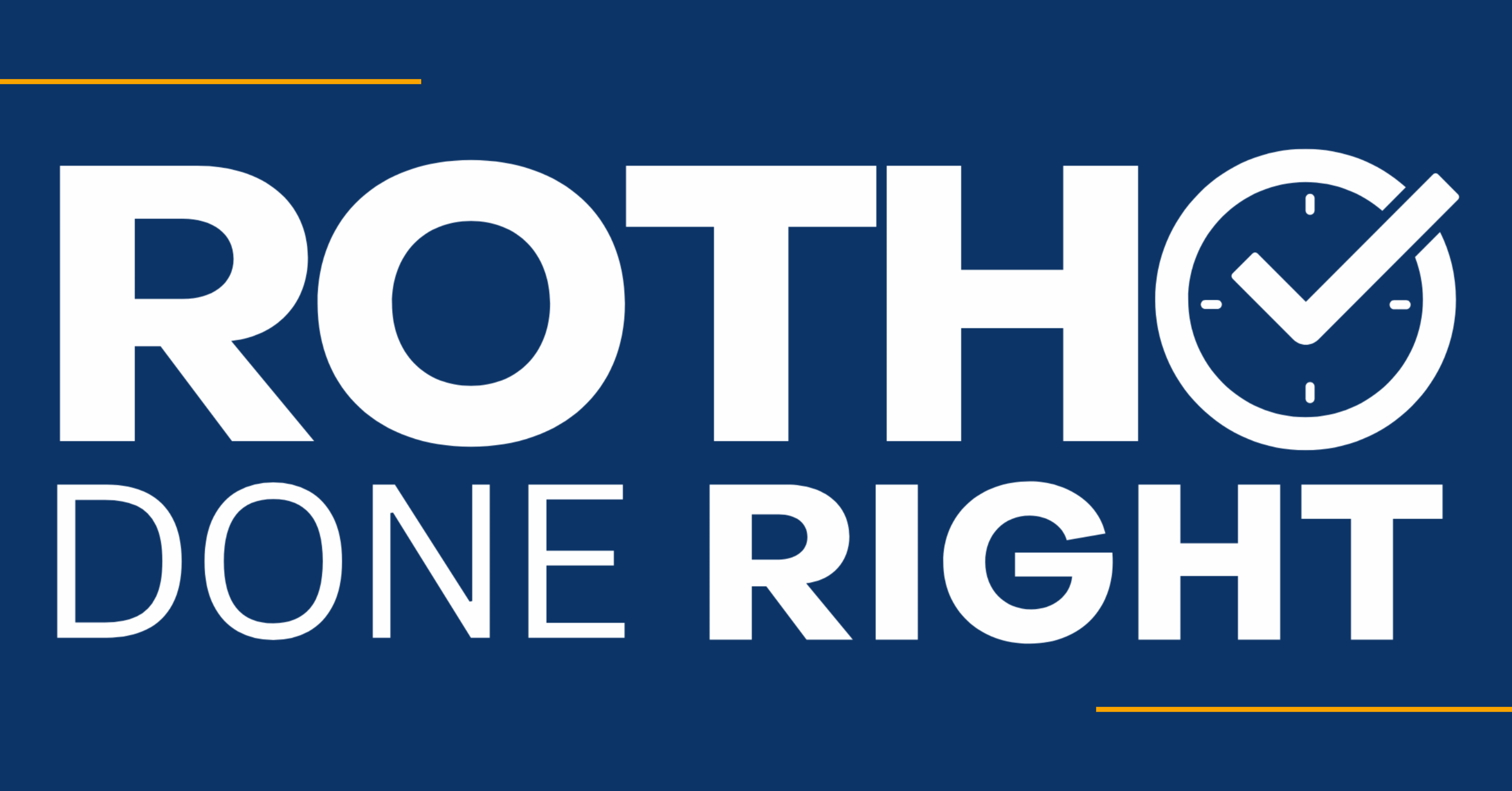Why Financial Advisors Should Be Talking About IRMAA With Their Clients

Retirement plans can unravel from the inside, and not always because of market losses or tax hikes. One often-overlooked culprit? Medicare’s stealth surcharge, known as IRMAA (Income-Related Monthly Adjustment Amount). If you’re not discussing it with your clients, you may be missing a key risk that's hiding in plain sight.
What Is IRMAA and Why Should Advisors Care?
IRMAA is a surcharge added to Medicare Part B and Part D premiums for individuals with higher incomes. For 2025, these surcharges apply to individuals with income over $106,000 and couples with income over $212,000, based on MAGI from two years prior. Once a client crosses into the next income tier, they are subject to the full surcharge of that tier.
Unlike tax brackets, IRMAA tiers are not marginal. This means even a small increase in income from sources like required minimum distributions, capital gains, or Roth conversions can trigger significant increases in Medicare premiums.
IRMAA Is a Growing Risk for Retirees
The cost of IRMAA has risen consistently year over year. Since 2019, Medicare Part B IRMAA surcharges have increased at a compounded annual rate of over 7 percent. With the government projecting Medicare spending to rise 7.6 percent annually through 2032, IRMAA surcharges are likely to follow the same upward trend.
This is not just a cost concern. It is a form of legislative risk. While IRMAA is not technically a tax, it reduces spendable retirement income in a very similar way. And since Congress and federal agencies can adjust IRMAA annually, clients have little control unless they plan ahead.
IRMAA and Roth Conversions: A Strategic Planning Opportunity
Advisors often recommend Roth conversions to reduce future tax liabilities. But Roth conversions can also serve as a proactive strategy to manage IRMAA.
Here’s why it matters:
-
Roth withdrawals do not count toward MAGI. This can help reduce or even eliminate future IRMAA surcharges.
-
Poorly timed conversions can spike IRMAA. Without a strategy, a large Roth conversion could push a client into a higher IRMAA tier for one or more years.
That is why any Roth conversion analysis should account for both tax bracket drift and IRMAA drift. By understanding how different conversion patterns impact both income taxes and Medicare surcharges, advisors can guide clients toward more efficient retirement outcomes.
Why IRMAA Should Be in Every Financial Advisor's Playbook
Adding IRMAA to your client conversations helps demonstrate the full value of your retirement planning services. It connects the dots between tax planning, income optimization, and healthcare costs —three areas that retirees care deeply about.
Clients in their 50s and 60s may not yet be impacted by IRMAA, but that does not mean they should not plan for it. Rising premiums, legislative changes, and unexpected income events can all cause IRMAA surprises in retirement.
By taking a proactive approach, you can help clients:
-
Minimize long-term taxes and fees.
-
Protect their retirement income.
-
Gain more control over future Medicare costs.
Start the Conversation Today
Whether you are running retirement income projections or building a Roth conversion strategy, make IRMAA part of the plan. Educating clients about this often-overlooked fee can help them make smarter financial decisions and help you stand out as a comprehensive retirement advisor.
For more insights on IRMAA, including its connection to Roth conversions and income thresholds, download the client-facing white paper, “IRMAA Primer For Growth-Minded Advisors” from Stonewood Financial.


